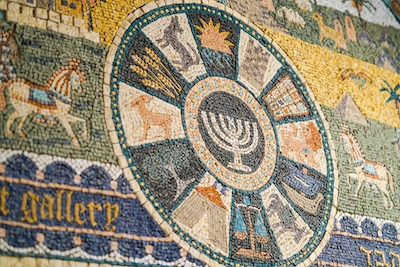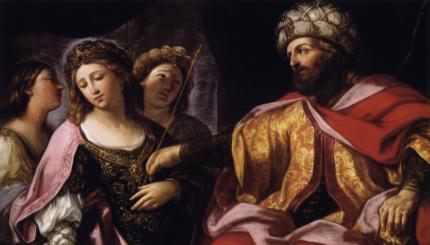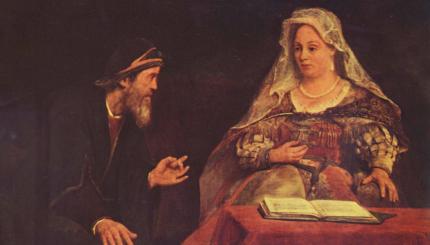Purim is a festive day of merry-making when it’s common to dress in costume in order to add to the carnival-esque atmosphere of the holiday which also includes feasting and drinking. The practice traces back centuries, possibly to medieval Italy and the fact that Purim tends to coincide with Mardi Gras on the calendar.
Masquerading also ties into the theme of hidden identity that runs through the Purim story. The Book of Esther is one of only two books in the Hebrew Bible which does not mention God’s name, and God plays no overt role in saving of the Jews of ancient Purim, the miracle which Purim celebrates. Therefore, there is a notion that in the Purim story God is hidden. Similarly, the Persian name Esther sounds like the Hebrew word for “hidden.” And, indeed, Esther hid her Jewish identity from King Ahasuerus until she needed to reveal it to save her people.
Learn more about Esther with our Journey Through the Book of Esther! Click here to receive a short email series exploring this book.

Help us keep Jewish knowledge accessible to millions of people around the world.
Your donation to My Jewish Learning fuels endless journeys of Jewish discovery. With your help, My Jewish Learning can continue to provide nonstop opportunities for learning, connection and growth.



